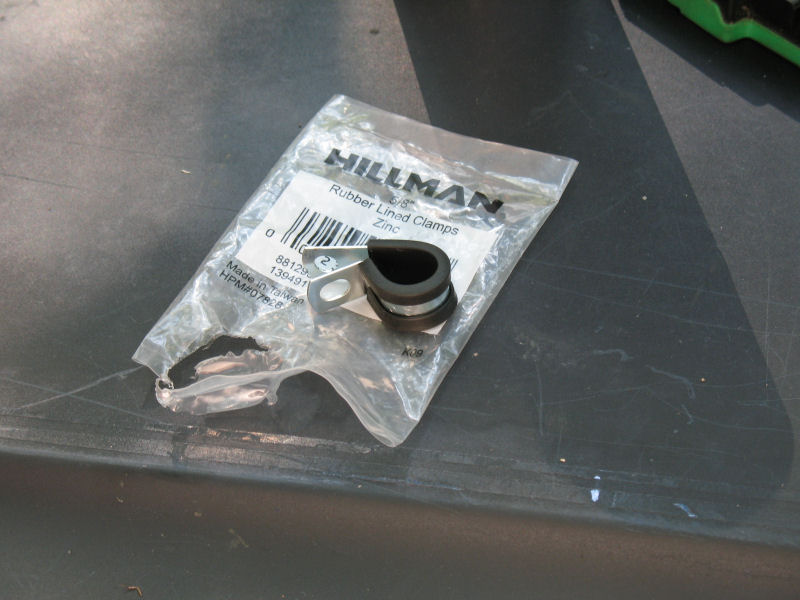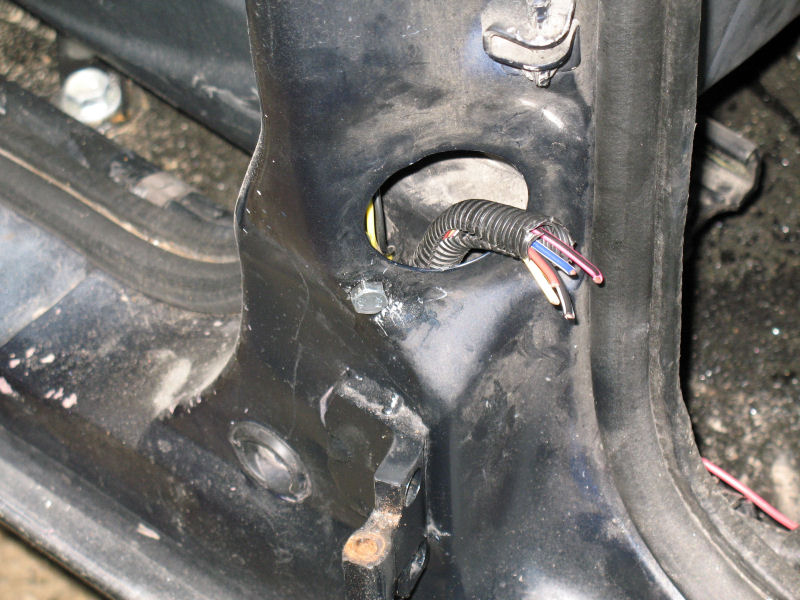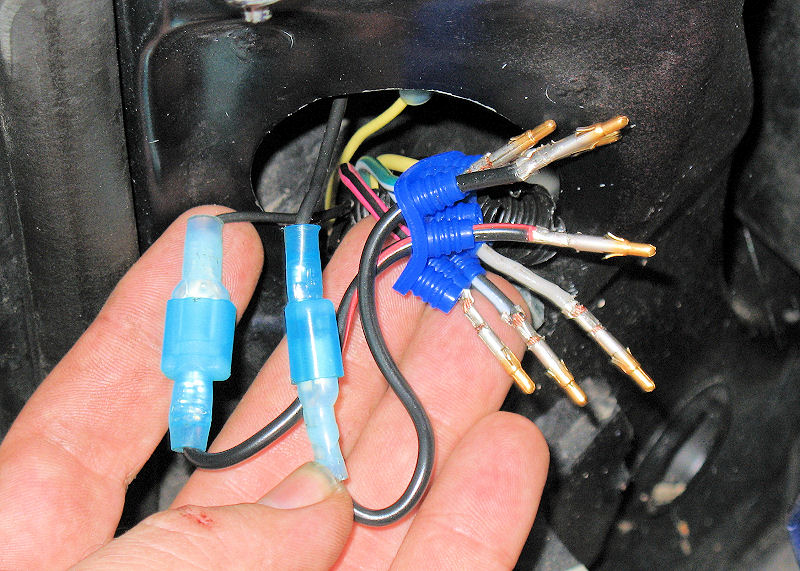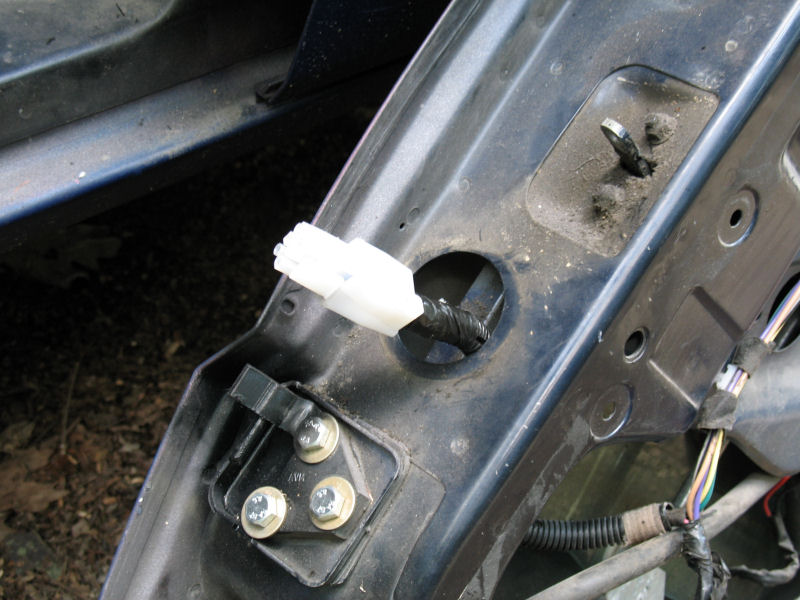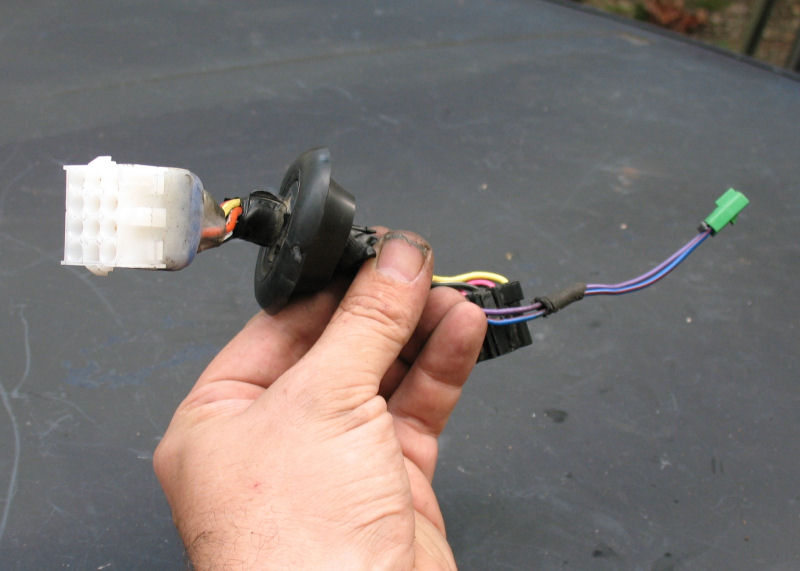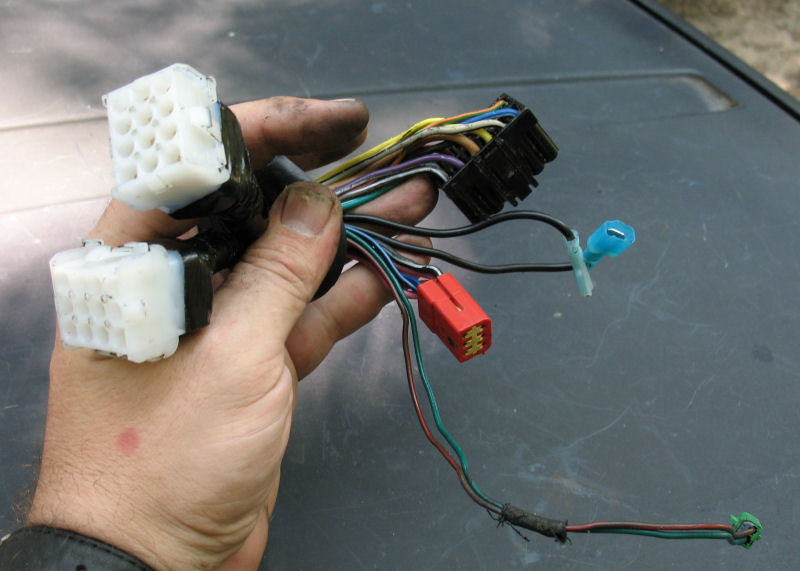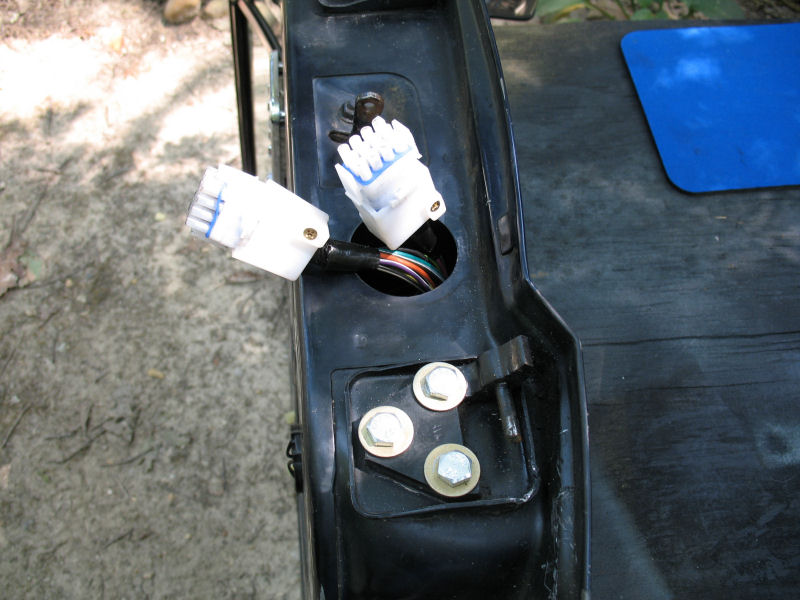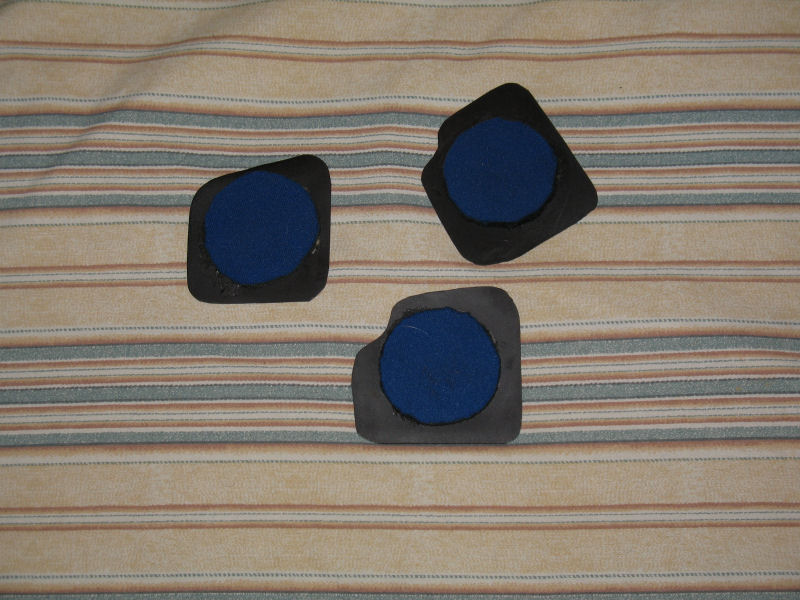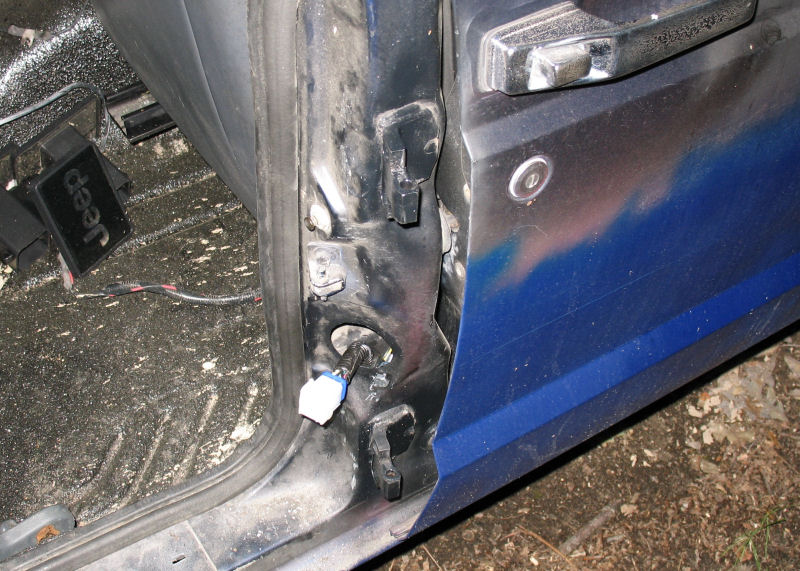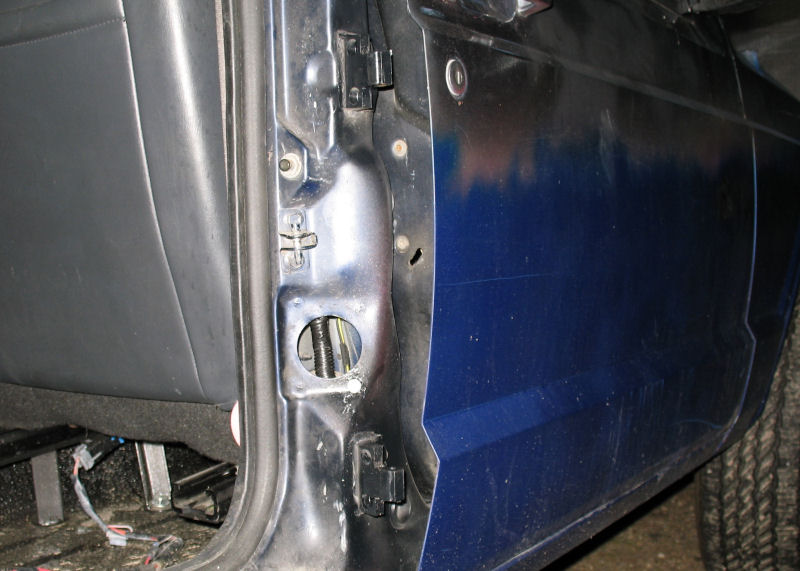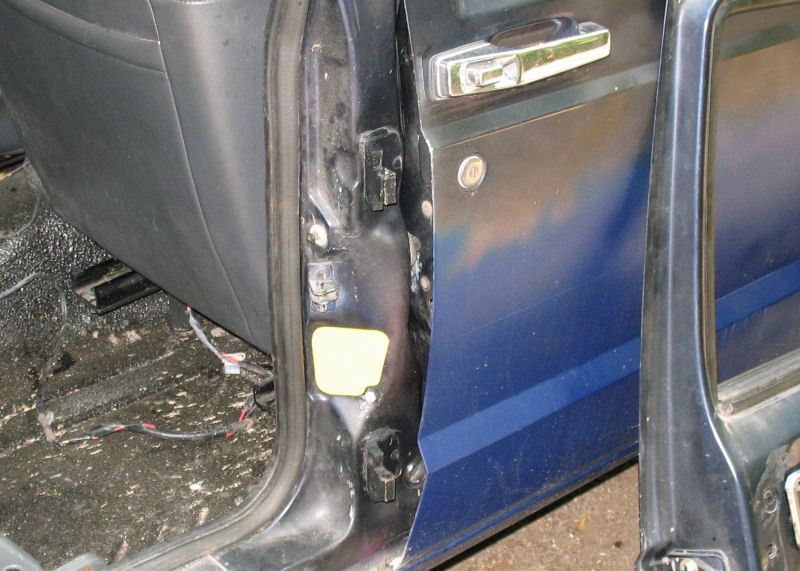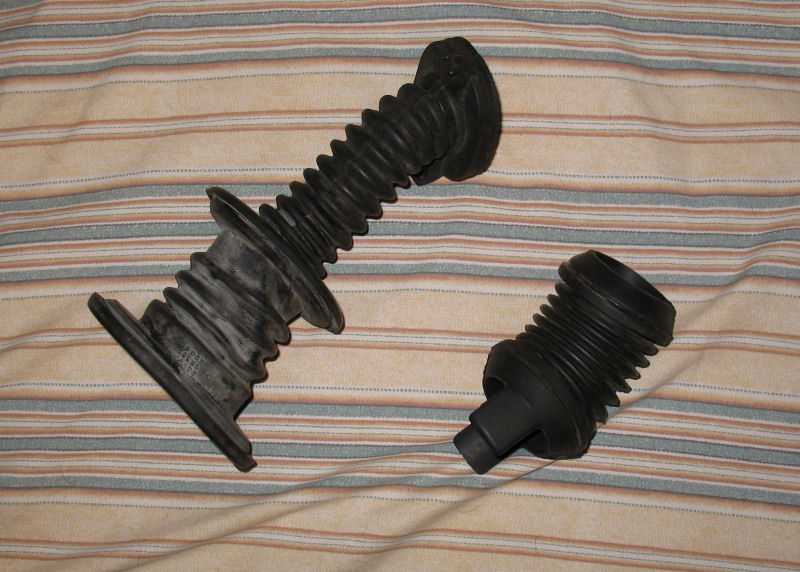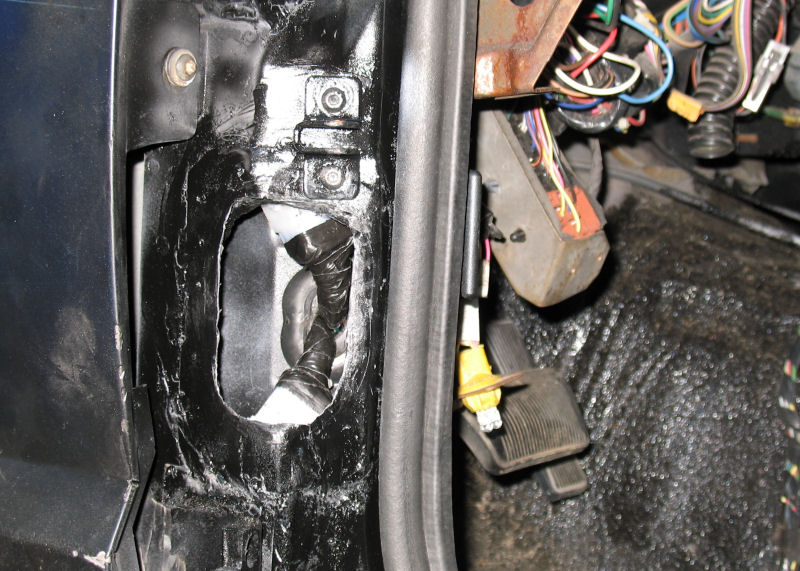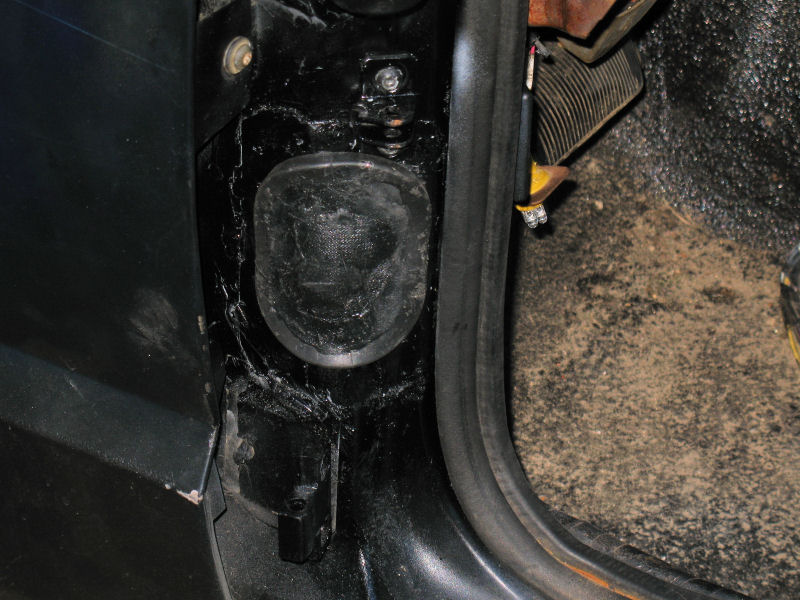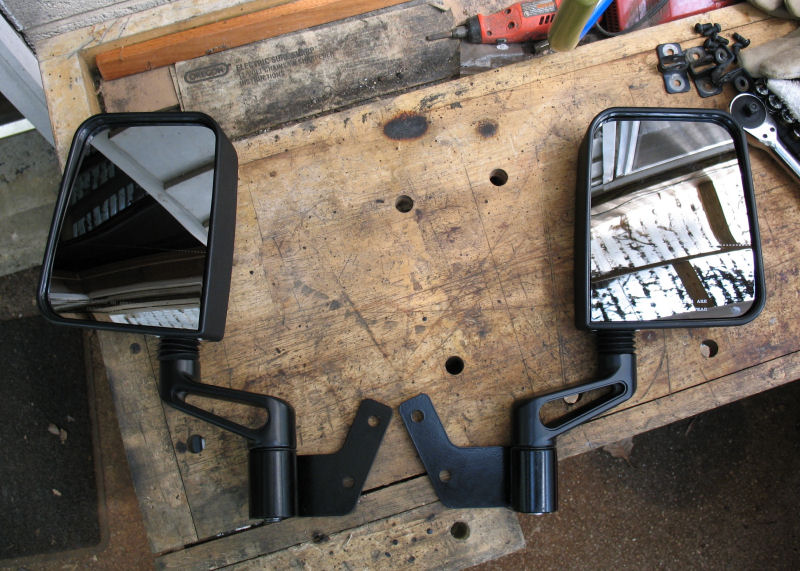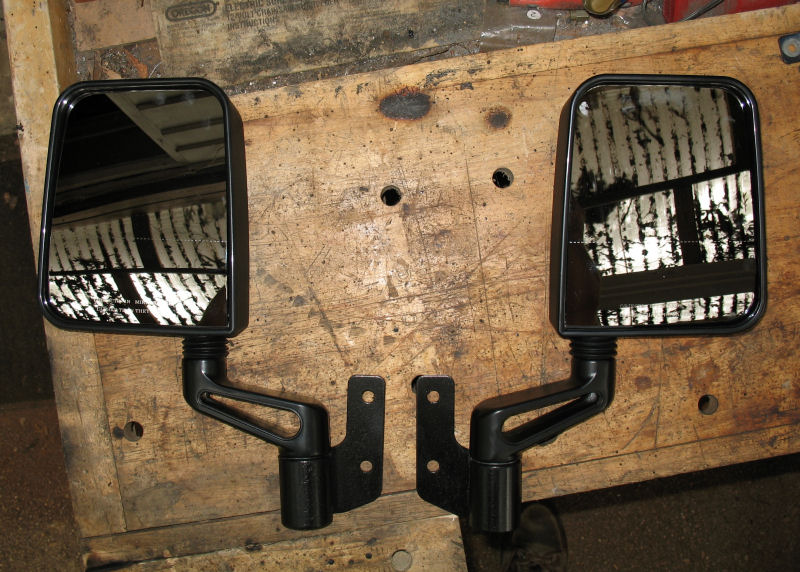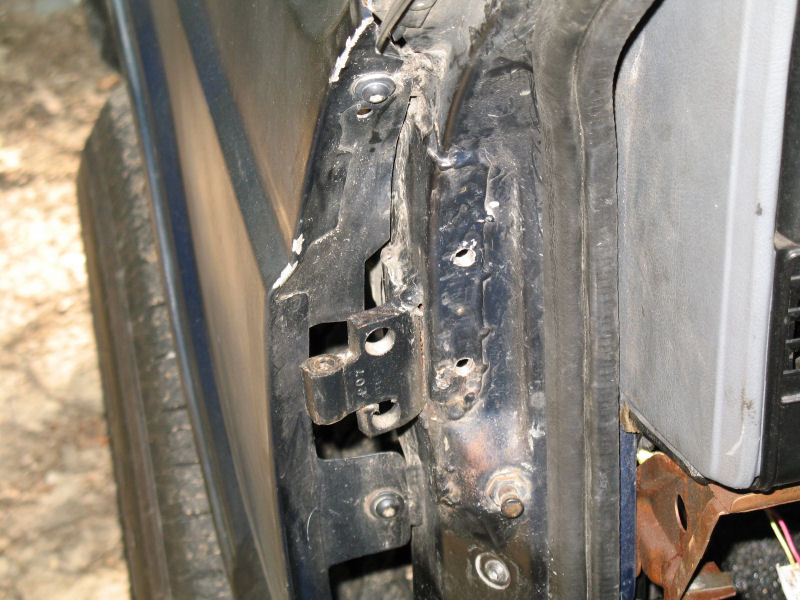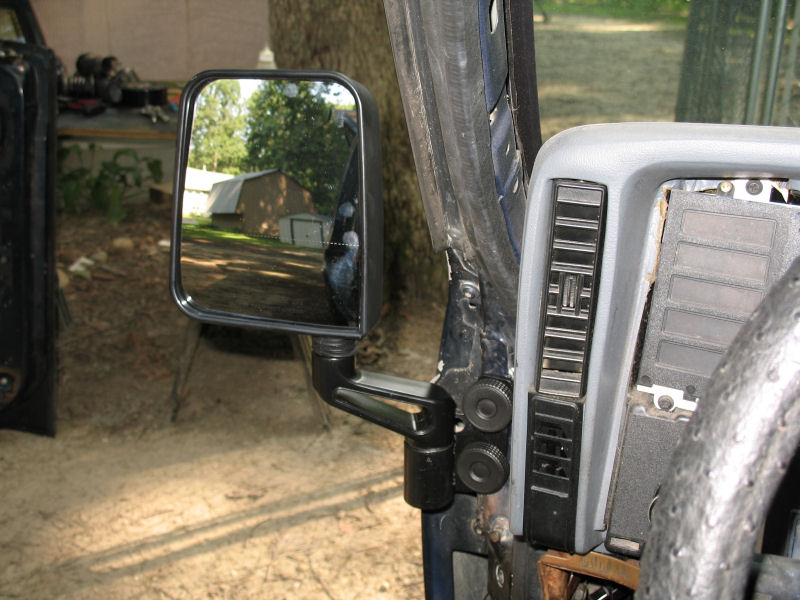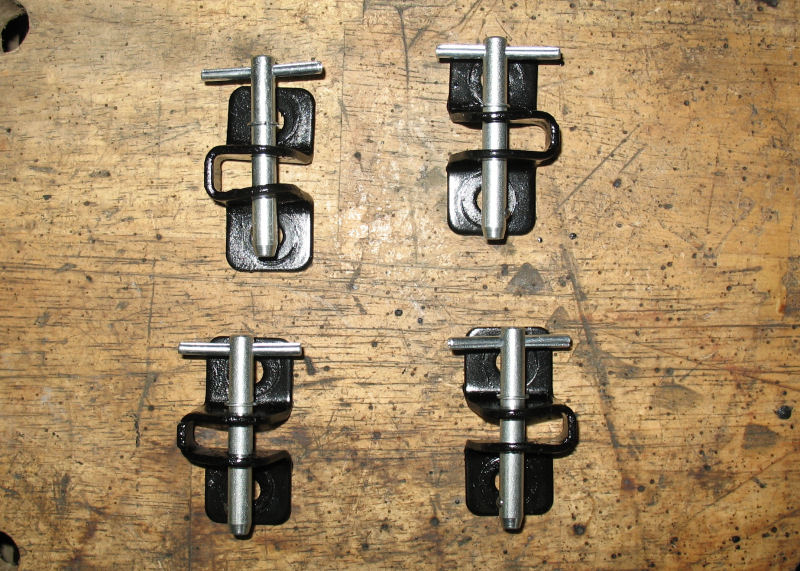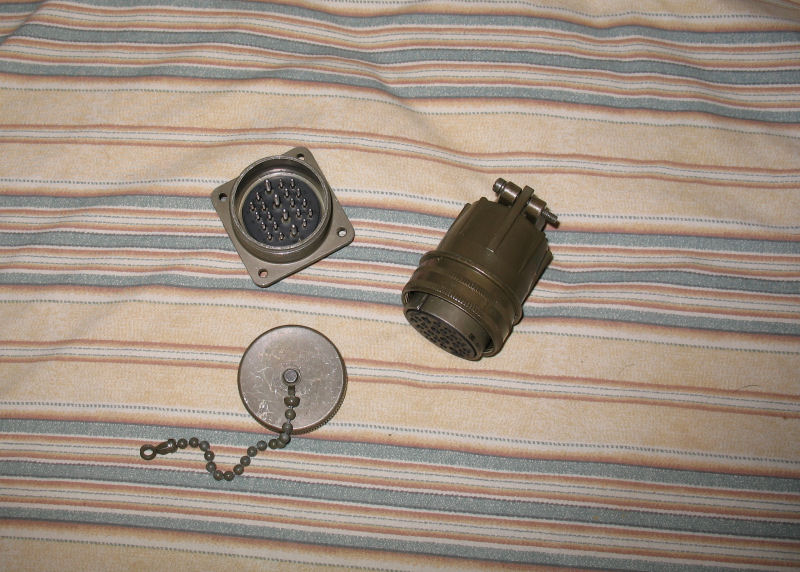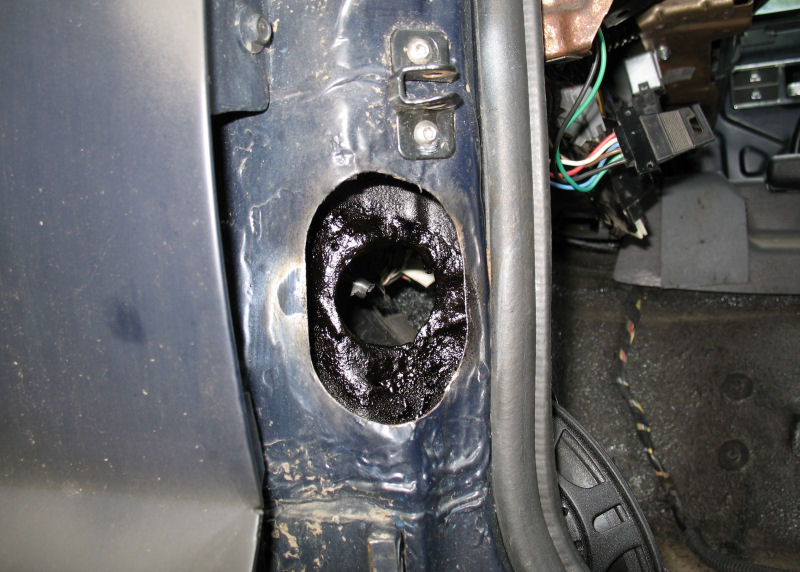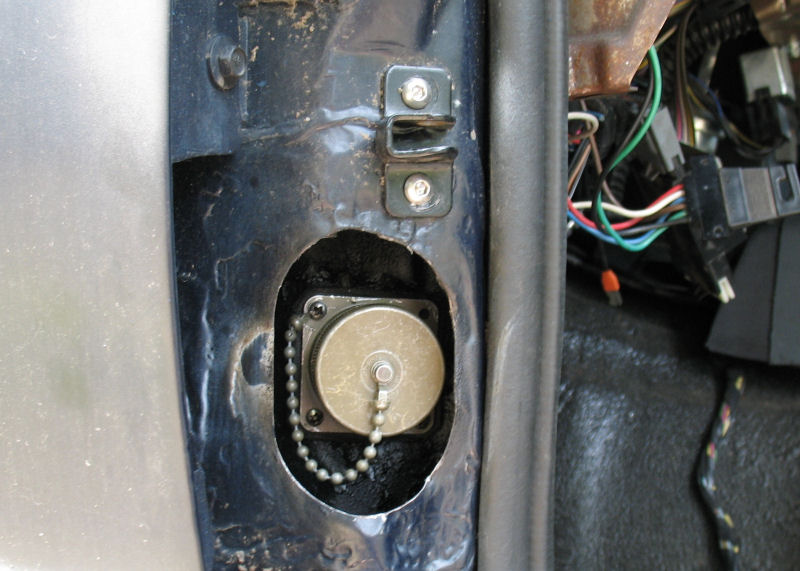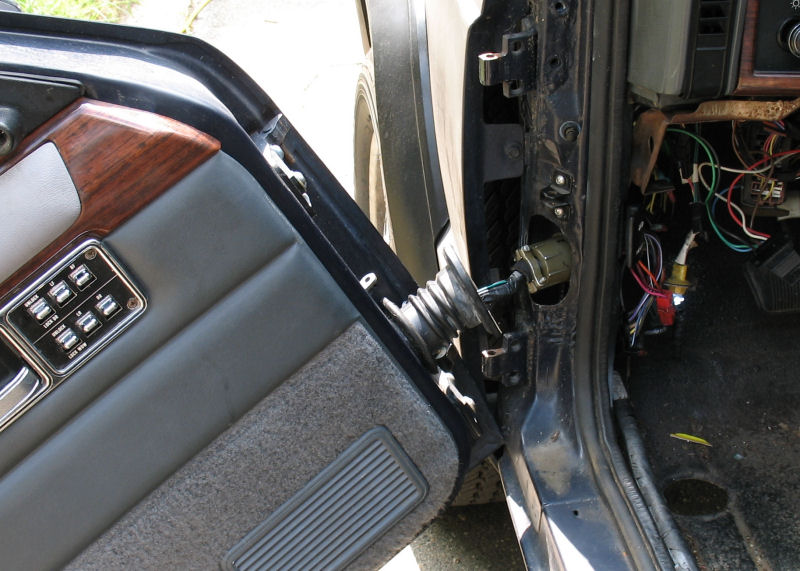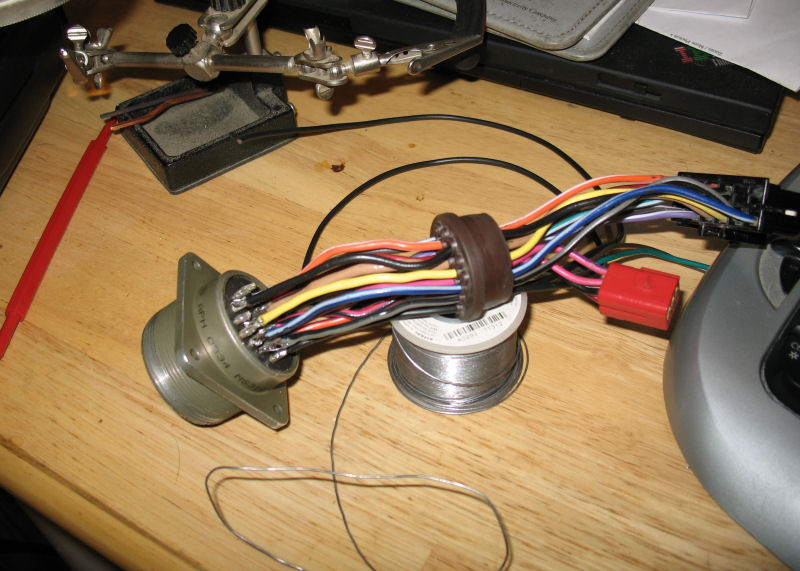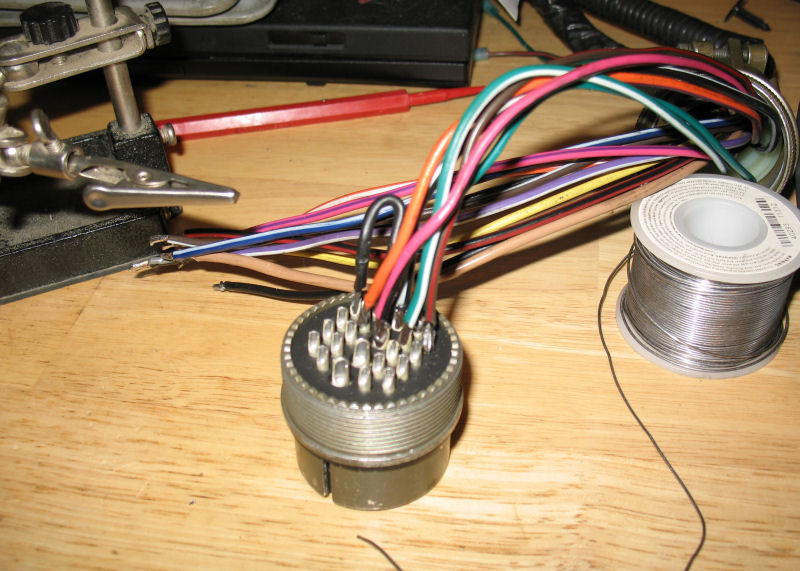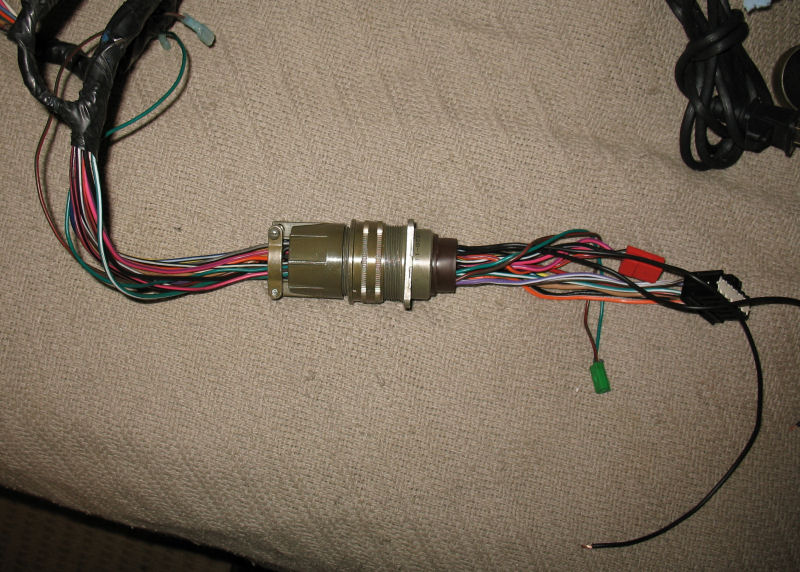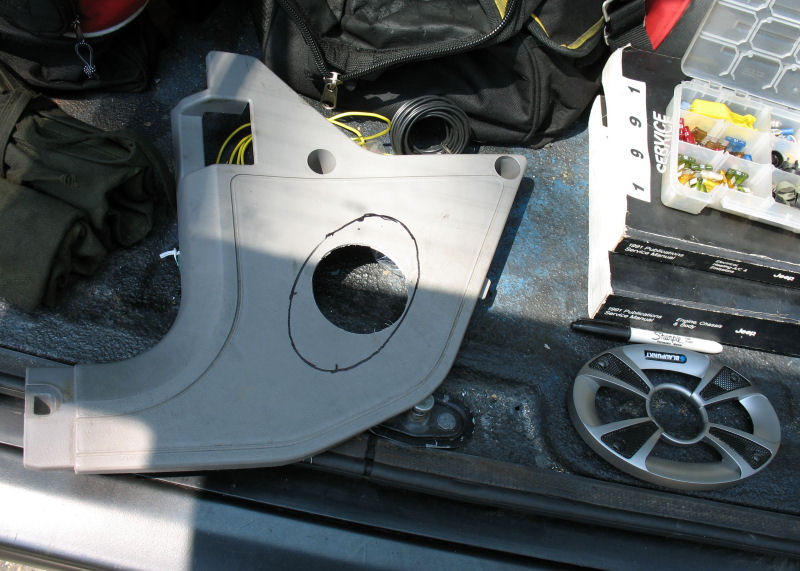- Location
- Southern Maryland
I wanted to make the doors removable for trail runs and nice weather, but I wanted to do it right, and I have power windows and locks which seems to have been a problem for other people in the past. Basically my goals for this were as follows:
1) Keep it street legal, with mirrors on both sides.
2) Make the doors easily removable, with nothing but a flat-head screwdriver, and not having to remove any interior trim.
3) Make the doors fully functional when they are installed, IE make the power windows and locks still work.
4) Bypass the door jamb switches so that the lights and buzzers don't sound when the doors are off.
After a couple of months of working on this, I finally got it finished today. Here's a couple of shots of the thing with the doors off:
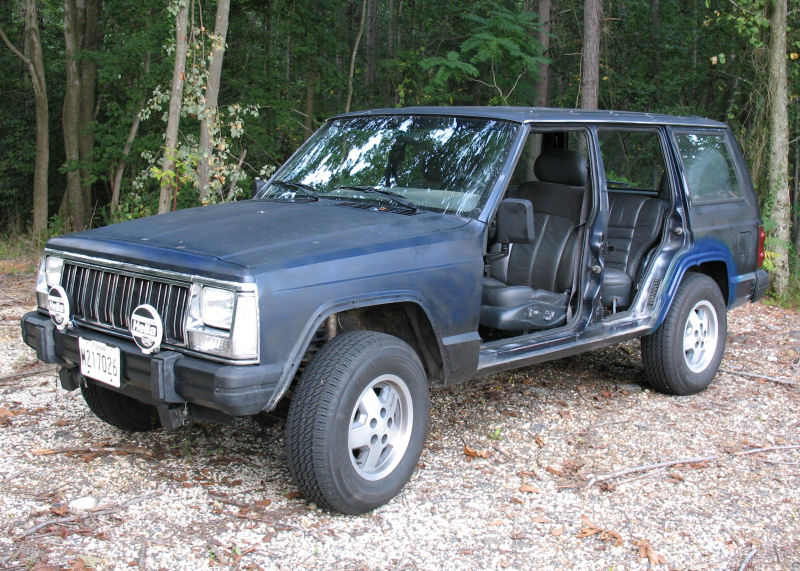
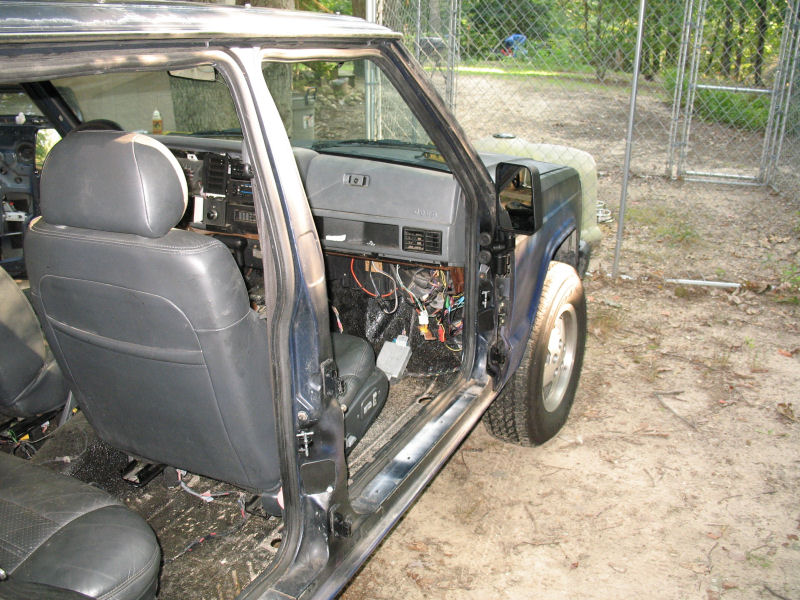
You can see from the above pics that it has legal mirrors, there's no wiring exposed in the door posts, and the interior lights are off.
First, the tools I used included a Dremel with an extender, a couple packs of the white oversized Dremel bits, a set of cold chisels, basic hand tools, tin shears, and wire crimpers. Here is a pic of the Dremel extender if you've never seen one:
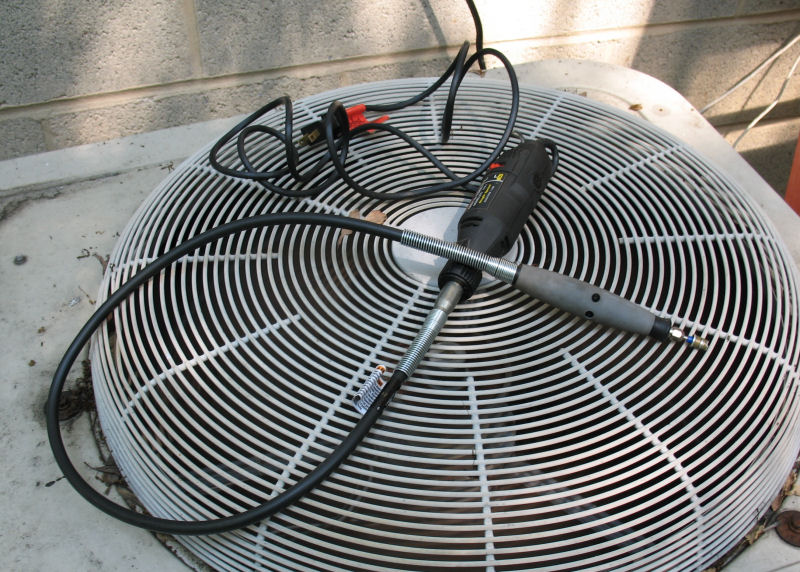
The first step is cutting the hinges. The other writeups on this talk about pounding out the pin, but on my old doors the pins were pretty much frozen into place and would not budge. So I used the Dremel to cut the bottom ear off the hinge, and then cut through the pin so that the ear would fall to the ground.
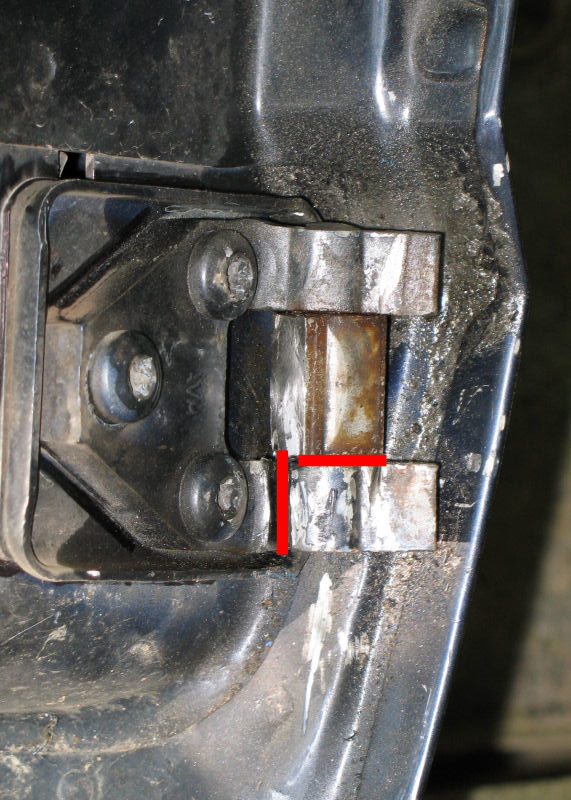
The Dremel extender and the large cut-off wheels make this workable, but it's a tight fit.
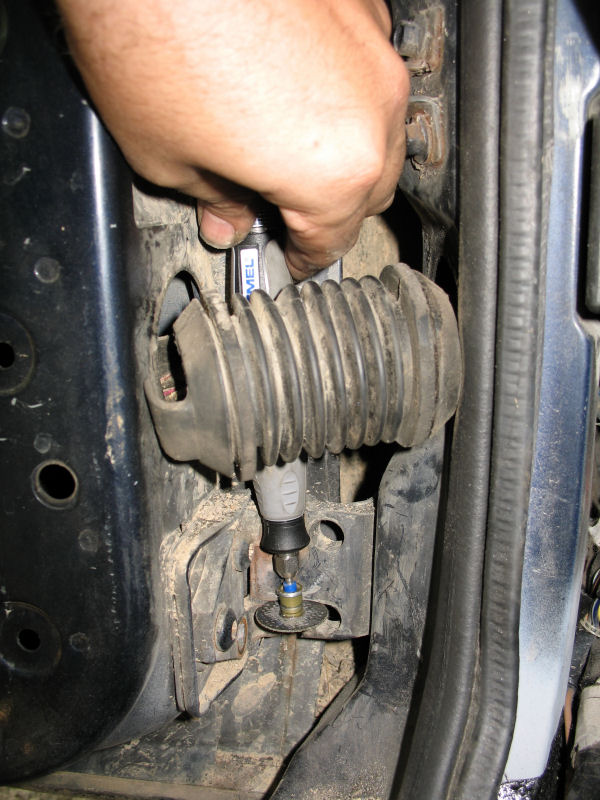
The ears after the Van Gogh treatment:
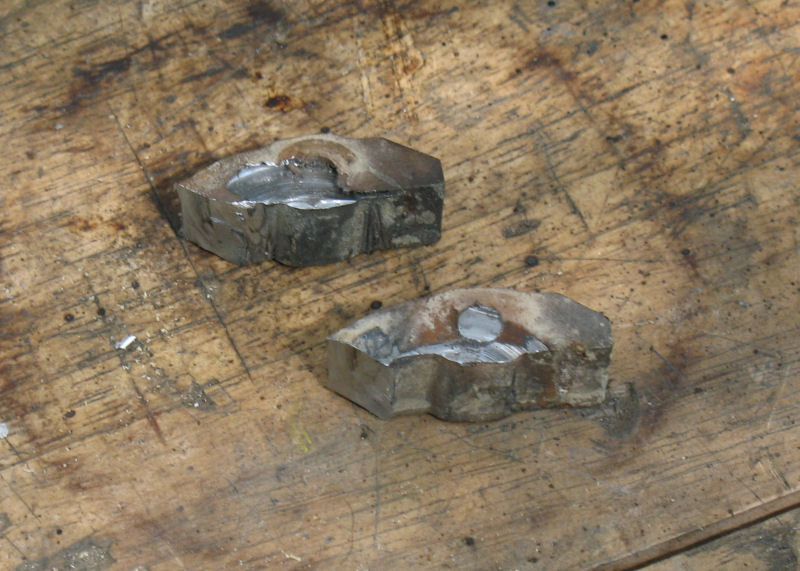
I am victorious:
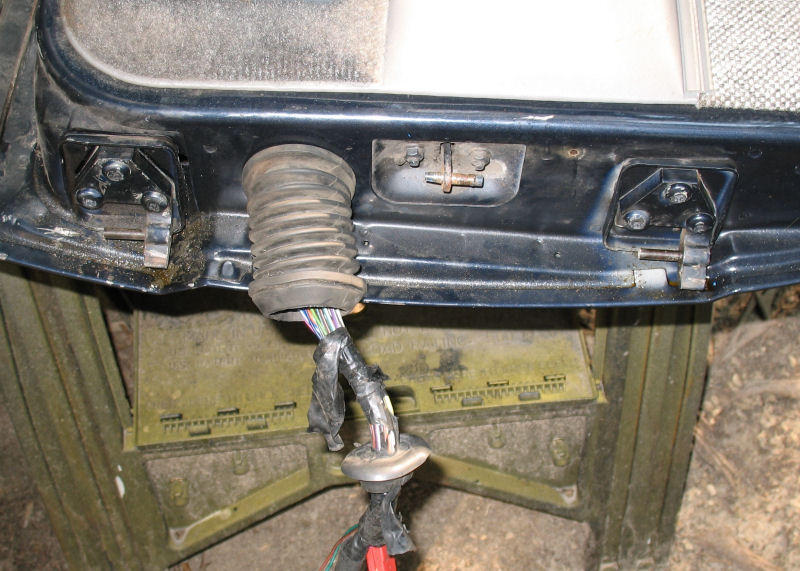
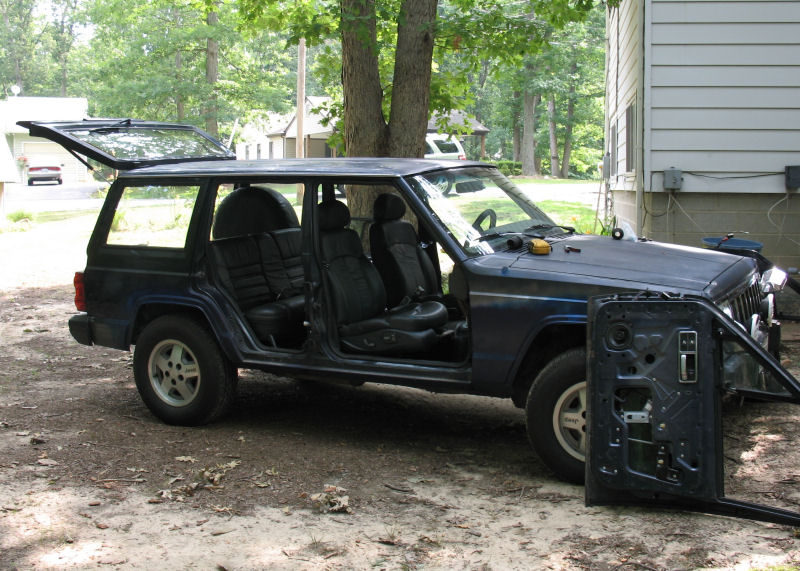
After the doors were off I tried pressing the hinge pins again but they wouldn't freakin budge, so I welded the tops of the pins and locked them into place. I also ground down the tips so they are domed, drilled out the insulating sleeve from the hinge itself, and used a larger bit to give a little "cup" to the top of the hinge so that it's easier to drop the doors into place.
Team Cherokee sells factory hinges, so I may still buy a set of those and replace the pins with some quick-release pins. It works fine the way it is, but it's a little difficult getting both pins lined up, and it would be easier if only pin was "fixed" and the other could be just pushed into place.
1) Keep it street legal, with mirrors on both sides.
2) Make the doors easily removable, with nothing but a flat-head screwdriver, and not having to remove any interior trim.
3) Make the doors fully functional when they are installed, IE make the power windows and locks still work.
4) Bypass the door jamb switches so that the lights and buzzers don't sound when the doors are off.
After a couple of months of working on this, I finally got it finished today. Here's a couple of shots of the thing with the doors off:


You can see from the above pics that it has legal mirrors, there's no wiring exposed in the door posts, and the interior lights are off.
First, the tools I used included a Dremel with an extender, a couple packs of the white oversized Dremel bits, a set of cold chisels, basic hand tools, tin shears, and wire crimpers. Here is a pic of the Dremel extender if you've never seen one:

The first step is cutting the hinges. The other writeups on this talk about pounding out the pin, but on my old doors the pins were pretty much frozen into place and would not budge. So I used the Dremel to cut the bottom ear off the hinge, and then cut through the pin so that the ear would fall to the ground.

The Dremel extender and the large cut-off wheels make this workable, but it's a tight fit.

The ears after the Van Gogh treatment:

I am victorious:


After the doors were off I tried pressing the hinge pins again but they wouldn't freakin budge, so I welded the tops of the pins and locked them into place. I also ground down the tips so they are domed, drilled out the insulating sleeve from the hinge itself, and used a larger bit to give a little "cup" to the top of the hinge so that it's easier to drop the doors into place.
Team Cherokee sells factory hinges, so I may still buy a set of those and replace the pins with some quick-release pins. It works fine the way it is, but it's a little difficult getting both pins lined up, and it would be easier if only pin was "fixed" and the other could be just pushed into place.

